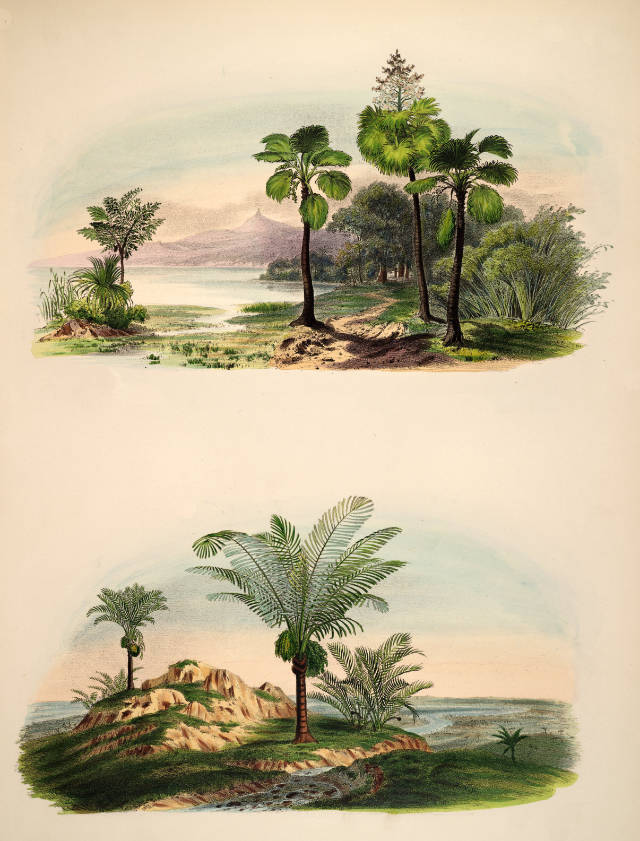The plant habitat is the specific environment or biological conditions in which it naturally develops and thrives. Climate, soil type, moisture levels, light exposure, elevation, and interactions with other species are all elements that influence a plant’s environment. Each plant species has evolved to adapt to specific environmental conditions, determining its natural distribution and behaviour.
Here are some examples of various plant habitats:
- Forest environments support various plant life, ranging from dense, temperate deciduous woods to tropical rainforests. Forest plants have adaptations for shade tolerance, coping with variable moisture levels, and competing for nutrients with other plants.
- Grasslands are open spaces dominated by low-growing vegetation, including grasses and herbaceous plants. These areas often experience droughts and fires, influencing the types of plants that can thrive and establish themselves.
- Desert habitats are arid ecosystems with little water and extreme temperature swings. Desert plants, such as succulent leaves and deep root systems, are adapted to conserve water.
- Wetland habitats include places with saturated soil, such as marshes, swamps, and bogs. Plants in wetland settings have evolved to withstand water saturation and may have specialised root systems for oxygen exchange.
- Alpine environments are situated at high elevations, often above the forest line, with challenging circumstances and low temperatures. Alpine plants have evolved to exist on rocky, nutrient-poor soils and tolerate extreme weather conditions.

Understanding plant habitats
Understanding a plant’s habitat requirements is critical to effective cultivation, conservation, and restoration initiatives. Gardeners, land managers, and conservationists can help plants thrive by providing adequate habitat conditions such as soil, moisture, and light.
Plant Habitat, Plant Habits and Plant Ranges
Plant habit refers to a plant’s distinctive growth form or shape, which varies significantly between species. Common plant types include trees, shrubs, herbaceous, vines, and cactus. See our page on Plant Habits for more information. The plant range is the geographic area where it grows naturally or in the wild. This distribution is influenced by various factors, including climate, soil conditions, elevation, and other ecological features. See our page on Plant Ranges here
